
Fortune News | Aug 05,2023
Ethiopia is importing 20,000tn of cotton, representing close to 40pc of the textile industry's annual demand, after floods damaged plantations in the main growing regional state and caused shortages in supply. Security concerns in two other cotton-growing regional states have contributed to the shortage as well.
The Ethiopian Industrial Inputs Development Enterprise (EiIDE) dispatched invitations last week to a closed bid by a selected supplier list of 12 companies. The bid, with each slot required to supply 2,500tn, is scheduled to open on April 7, 2021.
“The cotton is expected to be received in July," said Solomon Girsha, deputy CEO for the Enterprise's procurement sector.
Ethiopia's textile industry requires an estimated 55,000tn of cotton annually; but only 33,000tn reached factories this year. The supply gap has occurred largely due to cotton plantations in Afar Regional State, which accounts for 80pc of domestic supply, that were damaged by flooding in September 2020. Security issues in Gambella and Benishangul-Gumuz regional states, other lowland regions where cotton grows, played a part in the shortage. The shortfall in pesticides brought on by forex shortages has also exacerbated the situation.
The Ethiopian Textile Industry Development Institute (ETIDI) has also allowed six textile factories and the EiIDE to import cotton. The factories have been given the green light to import an aggregate of 10,000tn, and the other half through the Enterprise. Kanoria Africa Textiles Plc, Adama Spinning, Kombolcha, ALCA, MNS Manufacturing Plc, and Bahir Dar Textile Factory are the recipients of foreign currency allocations for imports.
According to people familiar with the industry, the textile industry has survived the economic impact of the COVID-19 pandemic. According to Bantihun Gessesse, director of communications at the Institute, it is tested by a shortage of cotton.
There are more than 3,000 micro and over 200 medium and large textile industries in Ethiopia. The largest of these is Bahir Dar Textile Factory, which requires more than 30,000tn of cotton a year. The factory used to source cotton from commercial farms in Afar and Benishangul-Gumuz regional states; it now receives supplies from farms in the north and central Gonder area of Amhara Regional State.
Not getting enough from these sources, the factory is operating at half of its capacity, Mengistu Aregaw, CEO of the Factory, told Fortune.
Unable to import since the outbreak of COVID-19 last year, the factory has dropped its production.
"Even though we haven't resorted to laying our employees off and closing the factory, if the situation continues like this, it might come to that," said Mengistu of his fears on the threat of closure.
Another textile factory has temporarily ceased production due to supply constraints and going through difficult times. Adama Spinning Factory, which requires 3,500tn of cotton a year, stopped operating in October 2020 but kept employees on its payroll. Two months later, it started buying up cotton that survived the flooding in Afar.
"If access to foreign currency is not allowed now, we might end up closing the factory again," Yimer Yimam, CEO of Adama Spinning, warned.
Officials at the Ethiopian Industry Inputs Development Enterprise, which is allowed to import 10,000tn of cotton, were keen to complete an international procurement bid issued on March 19, 2021, early.
Nonetheless, only one bidder showed up, although 15 bought the bid document.
Senior staffers at the Enterprise blame a lengthy bid process that lasts two months for bidders' reluctance to participate as international cotton prices fluctuate in the meantime.
Natural and man-made disasters last year only aggravated the shortages in cotton production, which have long been in the making, according to experts studying the textile industry. For a country whre only three percent of its land suitable for growing cotton, supplies that are not increasing in tandem with the expansion of textile industries are most responsible, according to Abera Kechi (PhD), associate professor and scientific director at Bahir Dar University Institute of Textile & Fashion Technology.
The Institute is working on projects to increase the capacity of cotton producers, incentivising commercial farm developers to join the industry as long-term solutions to the supply crunch, Bantihun told Fortune.
PUBLISHED ON
[ VOL
, NO
]

Fortune News | Aug 05,2023

Radar | Dec 04,2021
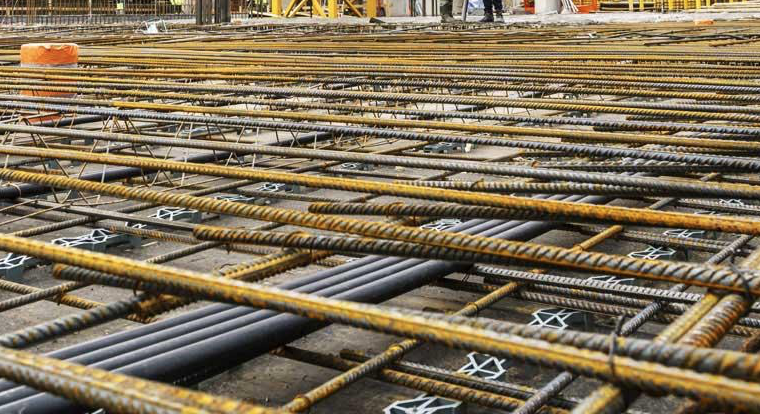
Fortune News | Aug 24,2019

Radar | Aug 03,2025
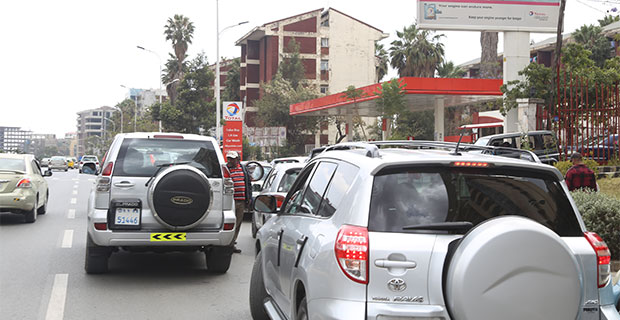
Agenda | Mar 06,2021

Fortune News | Jul 23,2022
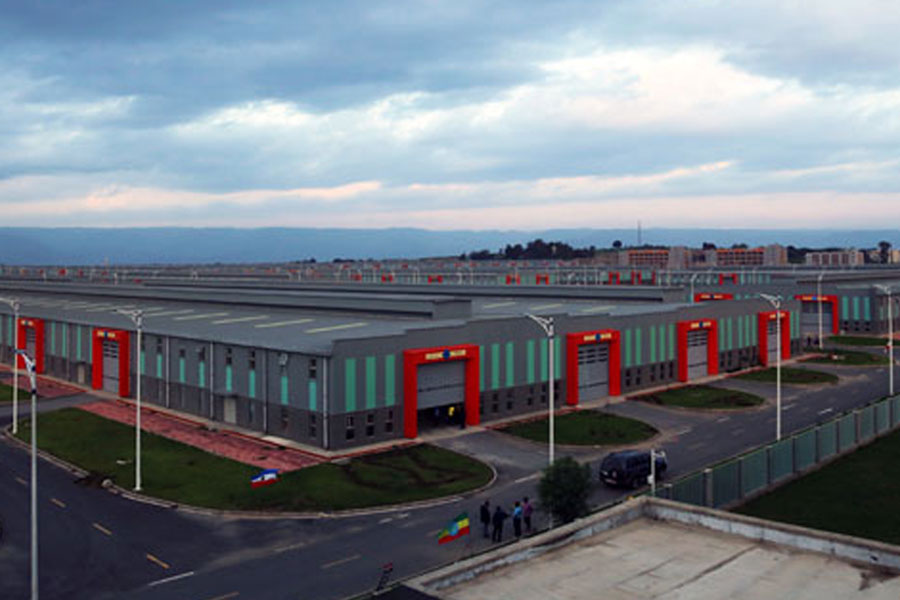
Fortune News | May 08,2021
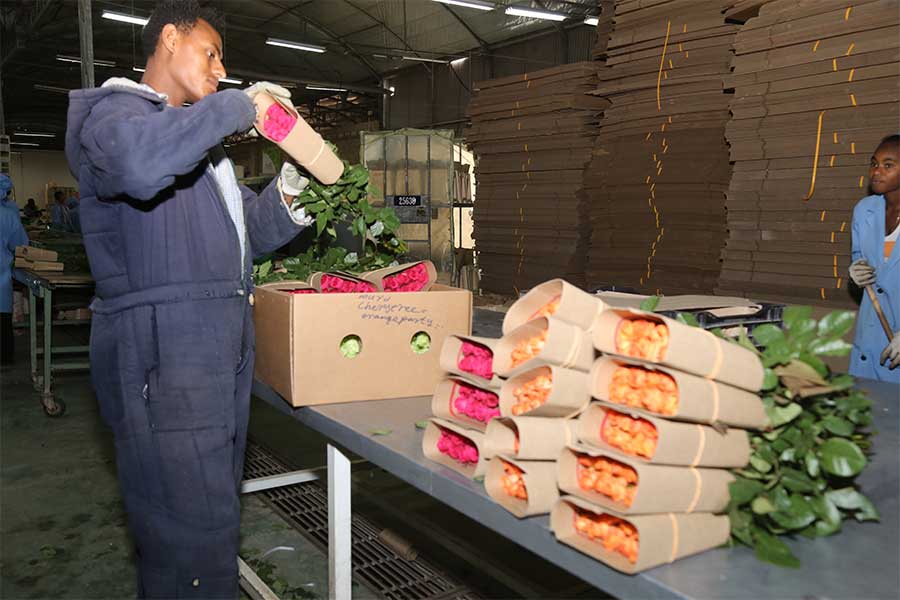
Fortune News | Jun 14,2020

Commentaries | Sep 24,2022
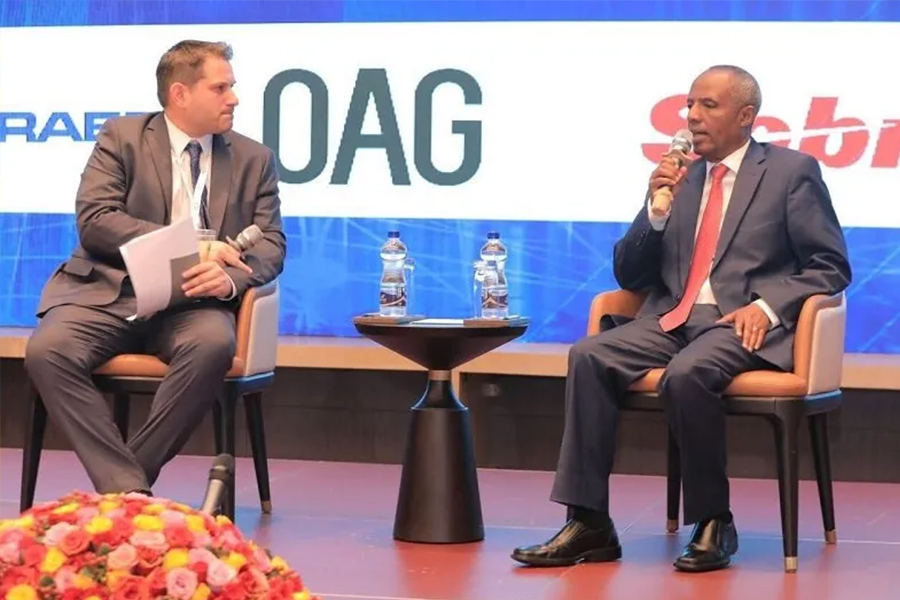
Radar | Apr 27,2025

Dec 22 , 2024 . By TIZITA SHEWAFERAW
Charged with transforming colossal state-owned enterprises into modern and competitiv...

Aug 18 , 2024 . By AKSAH ITALO
Although predictable Yonas Zerihun's job in the ride-hailing service is not immune to...

Jul 28 , 2024 . By TIZITA SHEWAFERAW
Unhabitual, perhaps too many, Samuel Gebreyohannes, 38, used to occasionally enjoy a couple of beers at breakfast. However, he recently swit...

Jul 13 , 2024 . By AKSAH ITALO
Investors who rely on tractors, trucks, and field vehicles for commuting, transporting commodities, and f...

Nov 1 , 2025
The National Bank of Ethiopia (NBE) issued a statement two weeks ago that appeared to...

Oct 25 , 2025
The regulatory machinery is on overdrive. In only two years, no fewer than 35 new pro...

Oct 18 , 2025
The political establishment, notably the ruling party and its top brass, has become p...

Oct 11 , 2025
Ladislas Farago, a roving Associated Press (AP) correspondent, arrived in Ethiopia in...